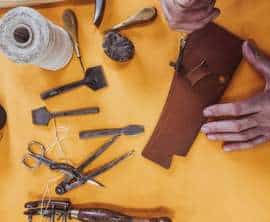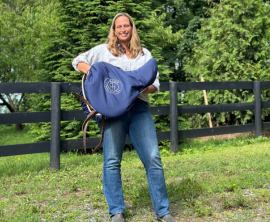Choosing the correct gutter depth
On a saddle, the gutter is the “hollow” between the padding. The pads are in contact with the horse’s back and serve as a shock absorber, whereas the gutter should never touch the skin.
There is a simple reason for this.
The spine consists of vertebrae and ligaments. Just below the top of the spinous processes, from the withers to the sacrum, is the supraspinous ligament. This is a very sensitive ligament, which guarantees the proper functioning of the spine. It tightens and loosens as the horse lowers or raises its head.
If the back area is strained, if the movement is not carried out properly, conflicts of the spinous processes can occur. These conflicts not only affect the horse’s locomotion, but also affect its health.
For more information on the subject, we recommend reading an article from the IFCE on the functioning of the horse’s back and its consideration in training.
In concrete terms, the depth of the gutter guarantees the free functioning of the horse’s spine during work.
Therefore, to adjust the saddle as well as possible, before buying a new saddle, or for your current saddle, check that the gutter does not touch the rug when you saddle. If it does, the saddle is not fully adapted to your horse and could injure him.

















